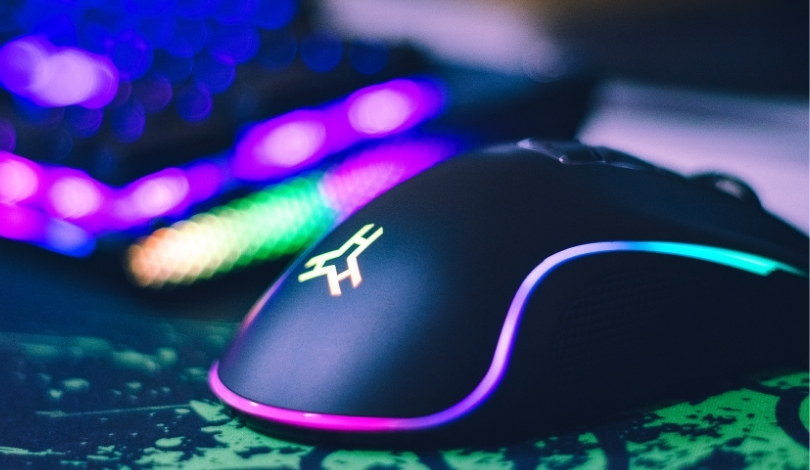Personal computers have recently had a significant impact on Japan’s gaming industry, reshaping market dynamics traditionally dominated by consoles and mobile platforms. Behind their rapid ascendance lies a combination of shifting consumer preferences and the evolving product strategies of leading brands. Market movements, currency fluctuations, and platform life cycles have played interconnected roles in this evolving scenario. As the industry looks toward 2025, analysts and stakeholders are turning their attention to changing growth rates and potential pivots among the big players.
Previous reports identified a growing interest in PC gaming among Japanese consumers but noted the segment as a distant third behind console and mobile sales. These observations held as platforms such as Nintendo Switch and PlayStation maintained broad appeal, with PC gaming seen largely as a niche among tech-focused hobbyists. More recent data has indicated that even though PC’s overall market share remains smaller, its consistent year-over-year increases have shifted expectations compared to earlier forecasts, which did not fully anticipate the magnitude of 16.2% growth witnessed in 2024. Additionally, the volatility in exchange rates has impacted the interpretation of market size, a factor less emphasized in older analyses.
How Is Market Value Shaping Up Across Segments?
According to the latest figures, Japan’s gaming market in 2024 reached ¥2,483 billion, with PC gaming accounting for ¥240 billion—reflecting notable annual growth. Mobile gaming continues to dominate, valued at ¥1,742 billion, while console gaming stands at ¥525 billion. This segmentation reveals each platform’s relative influence and highlights PC’s more rapid escalation despite its smaller base.
What Role Has Currency Fluctuation Played?
The depreciation of the yen against the US dollar has influenced global assessments of market performance. When translated to dollars, nearly every major segment experienced a contraction last year, with consoles and mobile markets shrinking by over 10% and 2.4% respectively. Only the PC segment maintained positive momentum in both currencies. A Newzoo spokesperson explained,
“PC gaming has been the main growth engine for the past seven years.”
Will PC Growth Outpace Consoles in the Coming Years?
While PC revenue demonstrated significant expansion from 2018 to 2024, growth forecasts suggest a moderation. Newzoo projects that PC market growth will slow to 5.1% between 2024 and 2027, trailing behind anticipated console growth of 6.3% as new products such as the Switch 2 attract consumer interest. The return of high-profile hardware releases could shift consumer spending patterns. Newzoo commented,
“Despite recent growth, PC is projected to lose ground to consoles through 2027.”
Notably, the changing lifecycle of console devices—from the original Nintendo Switch period to its successor—has created opportunities for PC adoption. This vacuum during product transitions amplified PC’s role. However, as Nintendo refreshes its lineup, market momentum appears likely to recalibrate, indicating a cyclical dynamic typical in Japanese gaming consumption.
A careful reading of current trends alongside historical shifts reveals the intertwined nature of hardware innovation, consumer loyalty, and global economic influences such as currency rates. For consumers and industry observers, understanding the ebb and flow of market share among PC, console, and mobile platforms is vital for anticipating which brands and devices may see changing fortunes. The gaming landscape in Japan may present another period of volatility, reminding market participants to track both local and international factors closely in their assessments.










